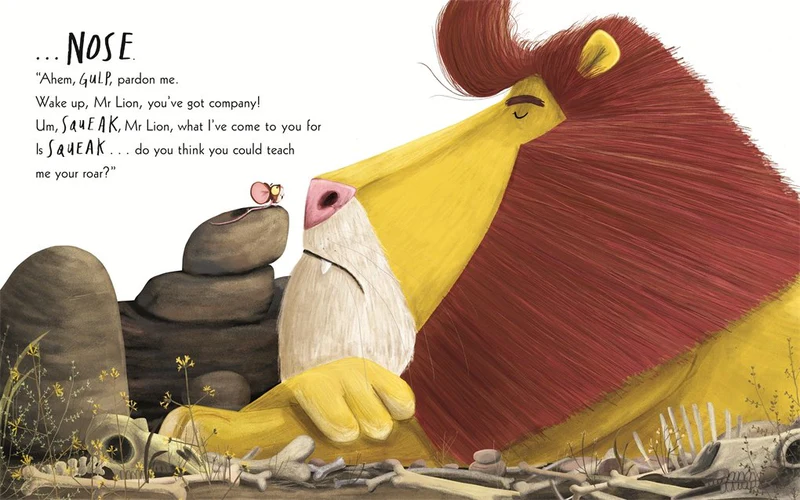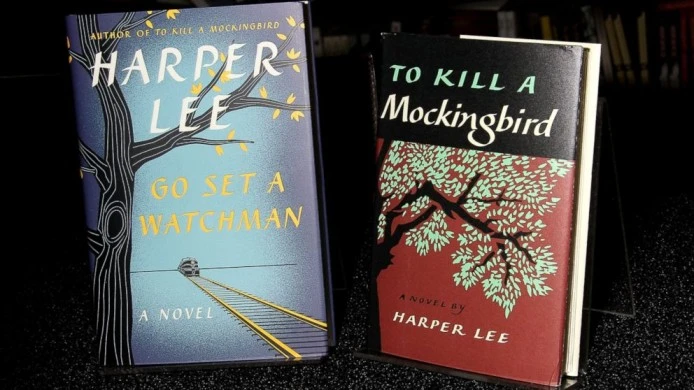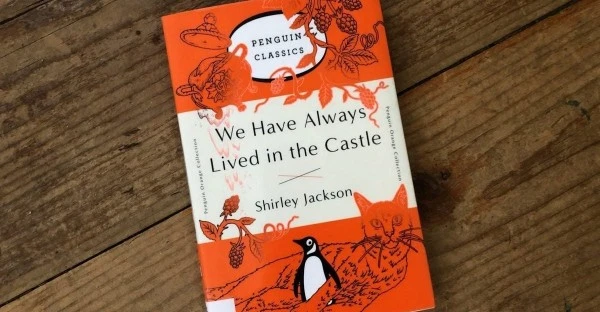Three New Books Explore the Machinery of the Mind

RADICAL UNCERTAINTY
Decision-Making Beyond the Numbers
By John Kay and Mervyn King
384 pp. Norton. $30.
The way experts understand uncertainty is fundamentally and unhappily disconnected from the way normal people do. The good news is that the rest of us have a strong intuitive grasp of what it means. The problem is that the people who are supposed to help us decide what to do about it — economists, policymakers and political leaders — do not.
One common mistake, according to this book by two economists, is thinking about uncertainty as if it were roulette. When you play the casino game, you do not know where the ball will land, but you do know all the places it can land. If you’re clever, you may even know how likely it is that the ball will land in a given place. In real life, however, uncertainty and its many cousins — obscurity, ignorance, vagueness and ambiguity — mean that not only do we often not know how likely an event is, we simply have no idea about all the kinds of events that can happen.
The 2008 financial crisis is, of course, an excellent example of the ways that the past may be a disastrous guide to either the present or the future. Most of the data leading into the crisis wasn’t much help in predicting it, and the lived experience of most so-called experts didn’t help either. Kay and King skewer pre-crisis pomposity and they tell diverse and fascinating stories about corporate culture, the inequitable remuneration of chief executives, the hunt for Osama bin Laden, the manufacturers of the Airbus, NASA and the traffic app Waze. Their book is demanding, and at times difficult, but it is also an elegant and careful guide to thinking about personal and social economics, especially in a time of uncertainty. The timing is impeccable. The authors advise that you beware experts who use words like confidence, likelihood and probability interchangeably, and never underestimate the value of asking the deceptively simple question: What is going on here?
HOW WE LEARN
Why Brains Learn Better Than Any Machine … for Now
By Stanislas Dehaene
305 pp. Viking. $28.
A cognitive psychologist at the Collège de France and a successful and talented science writer, Dehaene will be familiar to many readers of popular science, from his previous books and his membership in The Edge, an online science writer community, sponsored by his agency, Brockman Inc. (In 2019 the journalist Peter Aldhous wrote that the largest financial donor to The Edge was Jeffrey Epstein, the late financier who was charged with sex trafficking. The Edge, whose members are 80 percent male, connected Epstein with figures in the science and tech worlds, and supplied him with a veneer of respectability.)
In “How We Learn: Why Brains Learn Better Than Any Machine … for Now,” Dehaene’s focus is deceptively simple. Indeed, there are words that are so familiar they obscure rather than illuminate the thing they mean, and “learning” is such a word. It seems so ordinary, everyone does it. Actually it’s more of a black box, which Dehaene cracks opens to reveal the awesome secrets within. He tells stories about Felipe, a young boy, who was blind and bedridden after being shot in the spine at the age of 4. He could also speak four languages and he created his own stories. He writes about Nico, who had half of his brain removed and yet became a talented young painter and wheelchair athlete. The key here is plasticity, which Dehaene describes as “the brain’s perpetual effervescence of synaptic changes.”
Many of Dehaene’s case studies will be familiar to readers of books about the mind and brain (how the Amazonian Piraha do math, the outcome for Romanian orphans), yet there is value in bringing them together to explore all the facets of learning. His explanation of the basic machinery of the brain is an excellent primer. Dehaene rightly places formal schooling in the context of the history of the brain, explaining what he calls the four pillars of learning: focused attention, active engagement, error feedback, and a cycle of daily rehearsal and consolidation. He describes work and the classroom as places where we “constantly tinker with our brain’s learning algorithms.”
INTO THE ABYSS
A Neuropsychiatrist’s Notes on Troubled Minds
By Anthony David
256 pp. Oneworld. $24.95.
With the endless good news about the genius of A.I., robotics and neural plasticity, you’d be hard pressed to imagine that the future isn’t just onward and upward for the human brain. Lest you feel too positive about the human condition, try reading “Into the Abyss,” a short-story-style collection of curious case studies from David’s long career as a neuropsychiatrist. David writes about a young woman from a difficult and oppressive family who slowly and surely turned herself off. She went to sleep, and then her body and brain shut down, sending her into a strange stasis for years without break. He writes about a young fitness enthusiast with wonderful prospects, who suffered a brain injury after a cycling accident. The man developed Capgras syndrome and Cotard’s syndrome, and came to believe alternately that his wife was an impostor, and that he was already dead.
David’s stories are fascinating, and he does something quite remarkable with his tone. Here the obvious comparison is to the neurologist and prolific writer Oliver Sacks, often described as the poet laureate of medicine. Even when Sacks wrote about tragedy, his narratives were imbued with meaning, and if not positivity, then at least a sad beauty. David appears not to be driven by the same impulses. Even when his case studies have positive endings, a rather thick vein of gray runs through them.
But don’t be put off. David’s encounters, bracing as they are, made me wonder if there isn’t something oppressive about the insistence on majesty and wonder in modern science writing. Life can be awful, after all. Fiction, generally, is allowed to stun and depress but there is pressure on nonfiction to offer consolation or at least guidance. David leaves some big questions uncomfortably unresolved, and his stories are all the more haunting for it. Rarely have I read a book whose title is so true. Reading it was like standing on the edge of a great chasm and seeing how easily an unforeseen mishap could send any one of us tumbling in.




